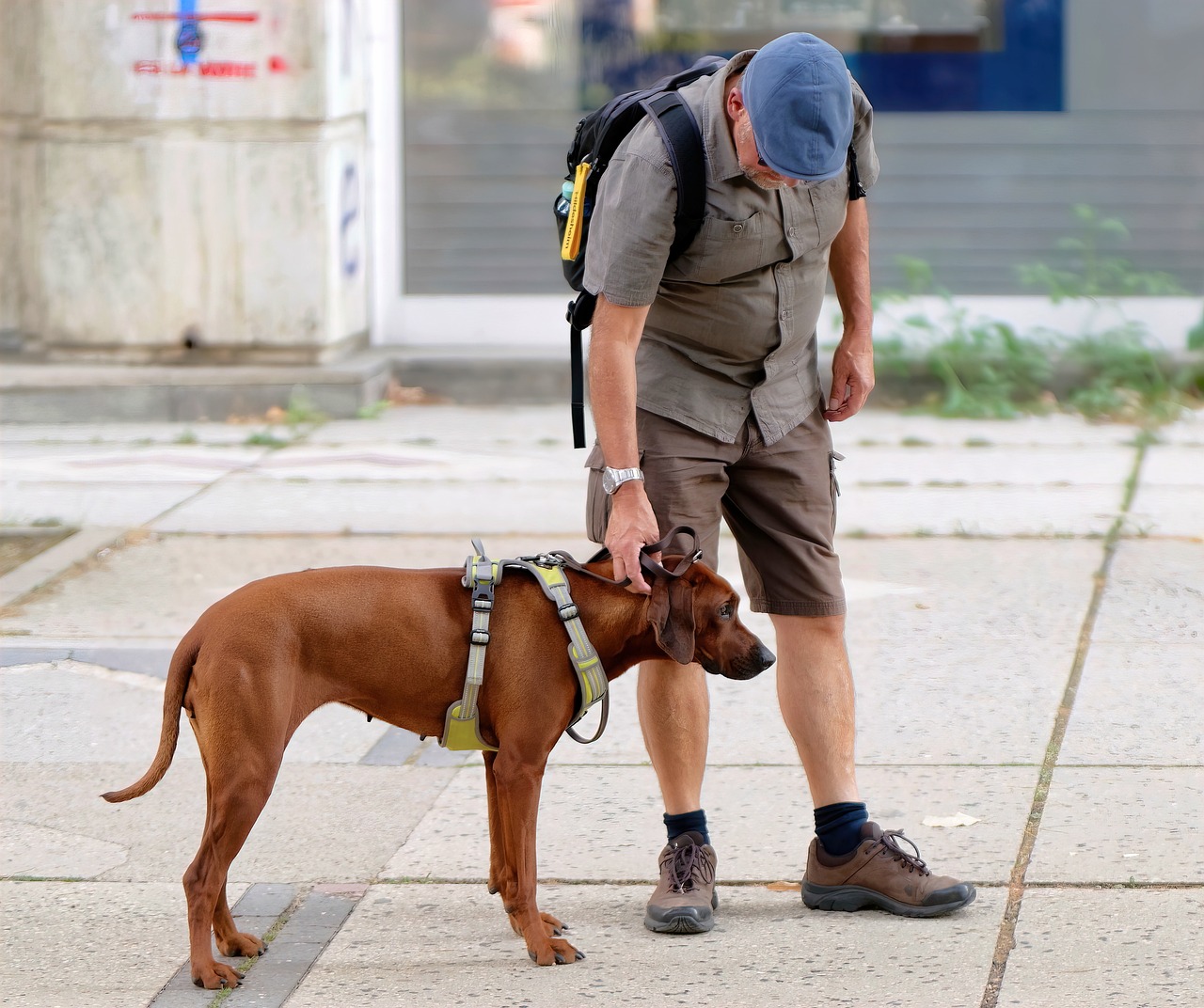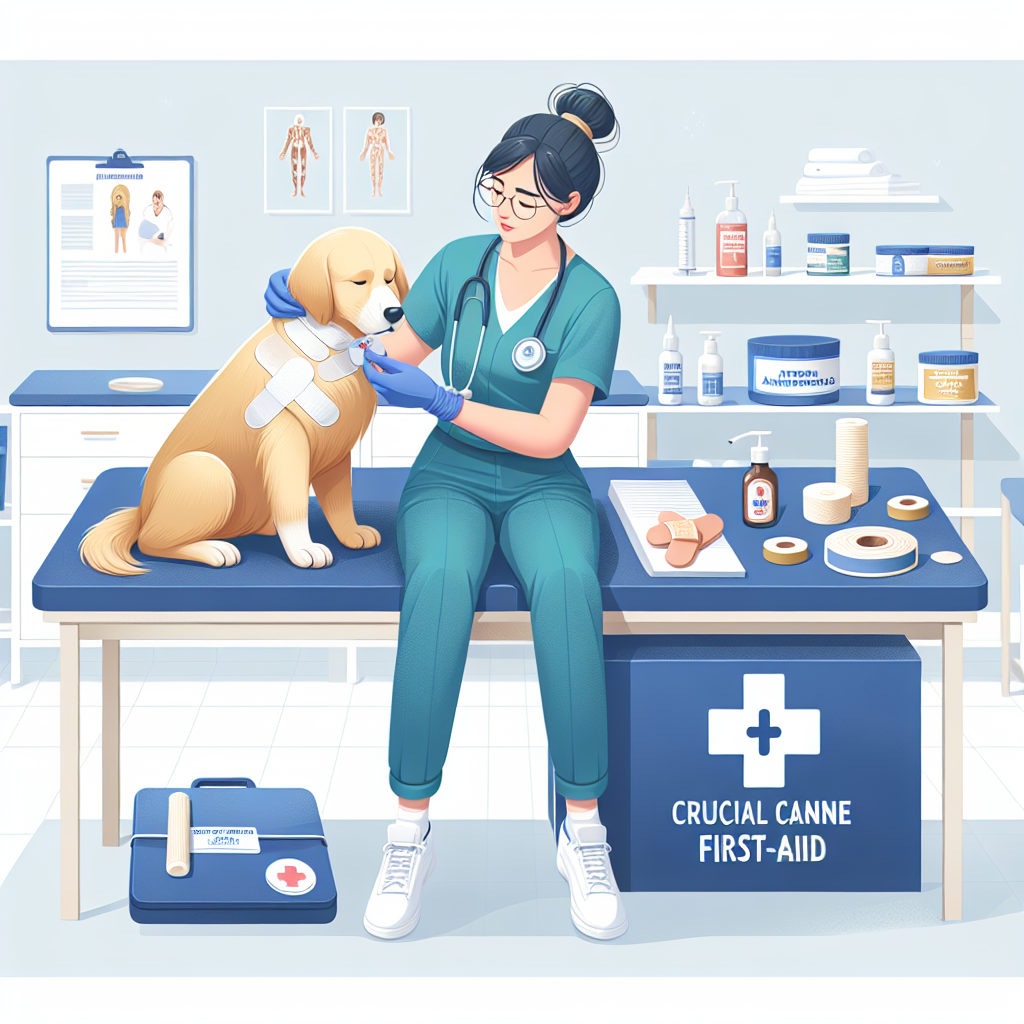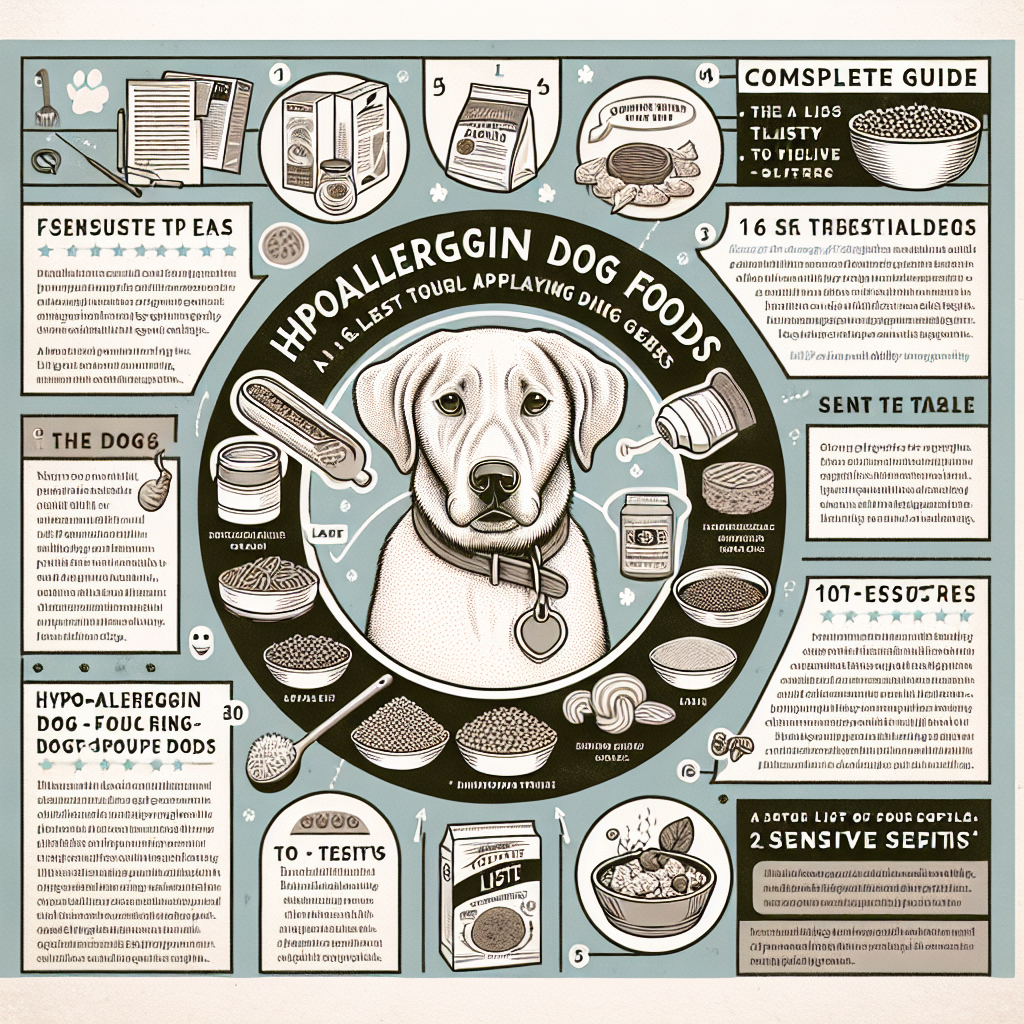
Separation anxiety is a common yet challenging phenomenon that can significantly impact both humans and animals. This emotional state arises when an individual experiences excessive stress or fear due to the absence of a significant other. In pets, separation anxiety can manifest through various troublesome behaviors, while in humans, it can hinder daily functioning and emotional well-being. Understanding the underlying causes, recognizing symptoms, and employing effective strategies are crucial for soothing stress and improving the quality of life for both pets and people.
Understanding Separation Anxiety
Separation anxiety is an attachment disorder characterized by intense distress or behavioral problems when an individual is separated from a primary attachment figure. This condition is prevalent in both humans—especially children—and pets, such as dogs and cats.
In Humans
In humans, separation anxiety often first appears in childhood but can persist or re-emerge in adulthood. Children with separation anxiety disorder (SAD) may exhibit extreme discomfort and fear when parted from caregivers. Symptoms can include:
-
- Excessive worry about losing attachment figures
-
- Reluctance or refusal to go to school or other places
-
- Physical complaints such as headaches or stomachaches
-
- Nightmares involving themes of separation
Adults with separation anxiety may experience:
-
- Persistent fear of being alone
-
- Difficulty sustaining relationships
-
- Avoidance behavior
-
- Repeated nightmares about separation
In Pets
Pets, especially dogs, are also prone to separation anxiety. Typical behaviors displayed by anxious pets include:
-
- Destructive behaviors (chewing, scratching)
-
- Excessive barking or howling
-
- House soiling
-
- Pacing or restless behavior
-
- Depression or lethargy
Recognizing these symptoms early in both humans and pets is pivotal for timely intervention.
Causes of Separation Anxiety
Several factors may contribute to the development of separation anxiety, and they can vary significantly among individuals and species.
Genetic and Environmental Factors
Genetics can play a role in the predisposition to anxiety. For instance, certain breeds of dogs are more prone to separation anxiety than others. In humans, a family history of anxiety disorders can increase susceptibility.
Environmental factors include:
-
- Past traumas (abandonment, sudden loss)
-
- Major life changes (moving, change in routine)
-
- Inconsistent caregiving
-
- Over-attachment during formative years
Evolutionary Perspectives
From an evolutionary standpoint, separation anxiety can be seen as an adaptive mechanism. For animals, staying close to their caregivers or pack can increase chances of survival. Similarly, human infants are evolutionarily programmed to form strong bonds with their primary caregivers to ensure protection and care.
Effective Strategies for Soothing Stress in Pets and People
Addressing separation anxiety requires a multifaceted approach that includes behavioral interventions, environmental changes, and, in some cases, pharmacological treatments. Let’s explore strategies for both pets and humans.
For Pets
Behavior Modification
-
- Gradual Desensitization:
-
- Start with very short separations and gradually increase time away.
-
- Use positive reinforcement (toys, treats) to create positive associations with your departure.
-
- Gradual Desensitization:
-
- Counterconditioning:
-
- Pair departure cues (like putting on shoes) with positive experiences (treats) to reduce anxiety.
-
- Counterconditioning:
-
- Independence Training:
-
- Encourage your pet to be independent by rewarding calm behavior when you are in another room.
-
- Independence Training:
Environmental Enrichments
-
- Safe Spaces:
-
- Create a designated, calm area for your pet with familiar scents and comfortable bedding.
-
- Safe Spaces:
-
- Interactive Toys:
-
- Provide puzzle toys or treat-dispensing devices to keep your pet engaged when you are away.
-
- Interactive Toys:
-
- Background Noise:
-
- Use calming music, white noise, or a “pet TV” to create a soothing environment.
-
- Background Noise:
Professional Help
-
- Veterinary Consultation:
-
- Seek professional advice to rule out medical issues that might exacerbate anxiety.
-
- Veterinary Consultation:
-
- Certified Animal Behaviorist:
-
- Work with a specialist to develop a tailored behavioral modification plan.
-
- Certified Animal Behaviorist:
-
- Medication:
-
- In severe cases, consider discussing anti-anxiety medications with your veterinarian.
-
- Medication:
For Humans
Cognitive-Behavioral Approaches
-
- Cognitive-Behavioral Therapy (CBT):
-
- A structured therapeutic approach that helps individuals identify and reframe negative thought patterns.
-
- Cognitive-Behavioral Therapy (CBT):
-
- Exposure Therapy:
-
- Gradually exposing individuals to separation scenarios in a controlled manner to desensitize fear responses.
-
- Exposure Therapy:
Mindfulness and Relaxation Techniques
-
- Mindfulness Meditation:
-
- Practices that help individuals stay present and reduce overall stress levels.
-
- Mindfulness Meditation:
-
- Progressive Muscle Relaxation:
-
- Techniques that involve tensing and then releasing muscle groups to reduce physical tension.
-
- Progressive Muscle Relaxation:
-
- Breathing Exercises:
-
- Controlled breathing techniques can help manage anxiety symptoms.
-
- Breathing Exercises:
Social Support and Communication
-
- Support Groups:
-
- Joining groups where members share similar experiences can provide emotional support and coping strategies.
-
- Support Groups:
-
- Open Communication:
-
- Discussing fears and anxieties with trusted friends or family members can often alleviate stress.
-
- Open Communication:
Professional Help
-
- Psychotherapy:
-
- Engaging in individual therapy with a licensed psychologist or counselor.
-
- Psychotherapy:
-
- Medication:
-
- Under the guidance of a psychiatrist, medication such as SSRIs or anti-anxiety drugs may be prescribed.
-
- Medication:
Building a Resilient Framework for Both Species
Routine and Predictability
Consistency in daily routines can significantly reduce anxiety for both pets and humans. Establishing predictable patterns can create a sense of security.
-
- Consistent Meal Times: Ensure regular feeding schedules.
-
- Regular Exercise: Incorporate daily exercise routines. For pets, this could be walks or playtime; for humans, jogging, yoga, or gym workouts.
-
- Sleep Routines: Maintain a consistent sleep schedule to promote better rest and recovery.
Emotional Bonding and Positive Reinforcement
-
- Quality Time:
-
- Spend dedicated time with your pet or loved one engaging in enjoyable and relaxing activities.
-
- Quality Time:
-
- Positive Reinforcement:
-
- Reward desired behaviors with affection, praise, or treats to encourage repetition of those behaviors.
-
- Positive Reinforcement:
Education and Awareness
-
- Learn about Anxiety:
-
- Educate yourself about the signs, causes, and management strategies for anxiety.
-
- Understanding the condition can aid in early detection and intervention.
-
- Learn about Anxiety:
-
- Stay Informed:
-
- Keep up-to-date with the latest research and best practices in managing separation anxiety.
-
- Stay Informed:
Special Considerations for Different Life Stages
Children
-
- Gradual Independence: Encourage independence through age-appropriate tasks and responsibilities.
-
- Parental Reassurance: Often reassure children that separation is temporary and they will be reunited soon.
-
- School Integration: Work with educators to ensure a supportive environment in school settings.
Elderly
-
- Companionship: Ensure regular visits from family or community members to provide social interaction.
-
- Therapeutic Pets: Consider the benefits of therapy animals for reducing loneliness and anxiety in elderly individuals.
Conclusion: A Balanced Approach to Managing Separation Anxiety
Managing separation anxiety in both pets and humans requires a comprehensive, compassionate, and individualized approach. Understanding the underlying causes, consistently applying reinforcement strategies, and providing emotional support are foundational components of effective management. By implementing these strategies, caregivers can significantly improve the well-being and quality of life for both their pets and themselves. The journey to overcoming separation anxiety is a gradual process, and with patience, dedication, and the right tools, it is entirely achievable.
Ultimately, fostering independence while maintaining a secure, loving environment is key to soothing separation-induced stress. As we continue to learn and adapt, the future holds promising potential for more effective and empathetic solutions to separation anxiety.
#ChatGPT assisted in the creation of this article.






